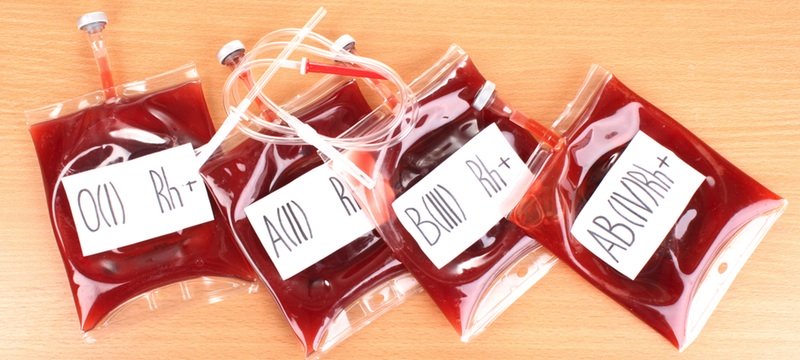According to Mahatma Gandhi, “The simplest acts of kindness are by far more powerful than a thousand heads bowing in prayer.”
Doesn’t it feel great to share your gift of life and help someone to live?
Absolutely, it makes you a whole person!
Donating your blood not only saves someone’s life, it is also a healthy practice that is worth-keeping.
It reduces the risk of heart failures and diseases. When you give blood, you withdraw 225 to 250 milligrams of iron from your system, which cuts the risk of heart disease.
Let us share you the facts about blood donors or blood donation:
1.
Each year, more than 4.5 million patients need blood transfusion in US and Canada.
2.
There are 4 types of red blood cells; the A, B, AB and O.
3.
In every two seconds, someone needs blood.
4.
The blood type usually requested by hospitals is type O.
5.
Eligible blood donors must be over 17 years old, weigh more than 110 pounds, and in great health condition.
6.
One pint of blood saves up to three lives.
7.
You can’t donate blood if you have AIDS or any contagious diseases.
8.
Women can receive 53% of blood transfusion while men can receive 47%.
9.
Hospitals and doctors need donated blood to cure different illnesses and is mostly used for surgical operation.
10.
3 teaspoons of blood has potential to save a baby’s life.
11.
50 blood donors could provide enough blood to save people’s lives from a major car accident.
12.
Cancer patients need blood for their chemotherapy treatment.
13.
There is no other substitute of blood. No one can manufacture a blood. It only comes from kind-hearted people.
14.
Giving blood won’t reduce your strength.
15.
Blood donors are provided with mini-physical, checking their temperature, blood pressure, pulse and hematocrit level to ensure it is safe to donate blood.
16.
One unit of blood can be separated into several components: red blood cells, plasma, platelets and cryoprecipitate.
17.
White cells make up the blood components. They protect the body against infectious diseases.
18.
Plasma is the liquid portion of your blood, which mostly consists of water and small amount of proteins. It has a major function from bleeding, guarding and controlling your body from infections. It heals your body after injury.
19.
Blood donation must undergo four process: medical history, quick physical, donation and refreshments.
20.
The information you give to blood donation centers is strictly confidential. It is against the law to release any information without your permission.
21.
You can only store red blood cells for up to 42 days.
22.
Frozen plasmas can only be stored for a year.
23.
A special blood donation procedure that allows you to give a specific blood component such as platelets is called apheresis.
24.
Most healthcare’s today depend on a stable supply of blood from healthy donors.
25.
There are thirteen tests, which includes the eleven tests for infectious diseases, that are conducted of each blood donated.
26.
Blood makes up about 7 percent of your body’s weight.
27.
Blood donations are used for heart surgery, liver transplant, treating cancer and anemia patients, bone marrow transplant and trauma victims.
28.
Platelets can only be stored at a room temperature for up to 5 days only.
29.
Blood screening tests include Syphilis, Hepatitis B Virus, Hepatitis C Virus, Human Immunodeficiency Viruses, Types 1 and 2 and West Nile Virus.
30.
Approximately 43,000 units of blood are used each day in the United States.
31.
Three gallons of blood can support the entire nation’s need for one minute.
32.
Scarcity of blood types usually occur during summer and winter seasons.
33.
Most hospitals demand blood type O because it is universal and is compatible to any blood types.
34.
Universal plasma donors are people with AB+ type blood.
35.
The percentage of possible type blood O donors are higher among Hispanics and African-Americans.
